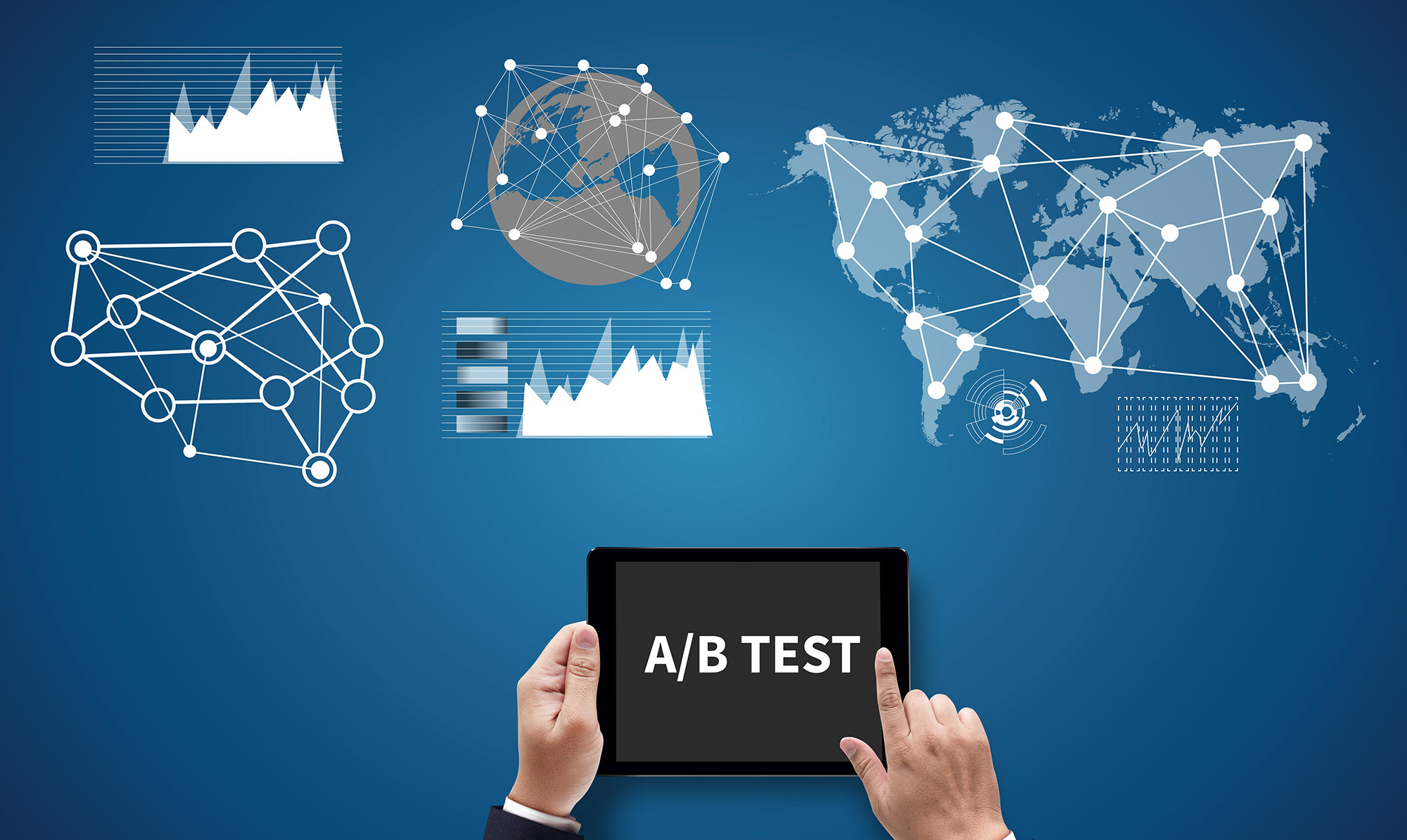
The Role of Analytics
If you’re not measuring, you’re not improving. Analytics tools provide a wealth of information, from click-through rates to user behavior on your landing page. Understanding this data is the first step toward making informed decisions.
Key Metrics to Monitor
There are various metrics you can track, but not all are equally important. Focus on metrics directly related to your conversion rate, such as:
- Click-Through Rate (CTR)
- Conversion Rate
- Cost Per Conversion
- Bounce Rate
- Time on Page
Making Data-Driven Decisions
Once you have your data, it’s time to analyze and act. Are users clicking your ad but not converting? Maybe your landing page needs optimization. Is your click-through rate low? Consider revising your ad copy. Each metric offers a different insight, guiding your next steps for improvement.
Iterative Testing
Never assume that the first version of your ad or landing page is the best version. A/B testing, as mentioned in previous chapters, can help you discover which elements resonate most with your audience. Remember, even small tweaks can lead to significant improvements in your conversion rate.
Seasonal and Trend-Based Adjustments
Consumer behavior can be seasonal or influenced by current events. Make it a point to adjust your ad campaigns to reflect these changes. For instance, an e-commerce site might see increased traffic during holiday seasons, warranting changes in the ad campaign strategy.
Tracking ROI
At the end of the day, your ultimate aim is to maximize ROI (Return on Investment). As you make changes based on your analytics, continuously monitor how these changes impact your ROI. The goal is to find a strategy that not only improves conversions but does so in a cost-effective manner.
Continuous monitoring and adjustment based on analytics will ensure that your ad campaign remains effective in an ever-changing digital landscape. By following these guidelines, you’ll be well on your way to improving your conversion rate and maximizing your ROI.








